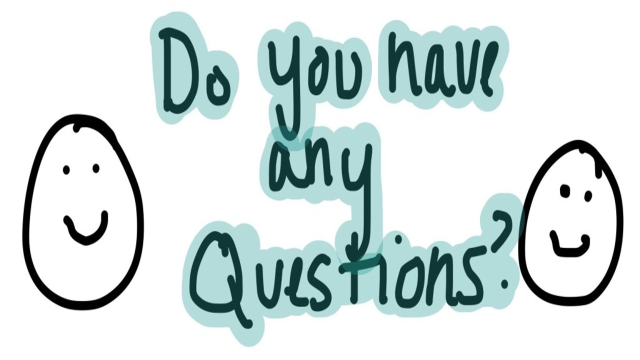Evaluating The Smile Brands Organisational Behaviour
Question
Task: Write a report evaluating the Smile Brands organizational behavior and explore the role of culture on employee motivation.
Answer
An Executive Summary
The report at hand attempts to evaluate the Smile Brands organisational behaviour through the prism of organisational culture, organisational motivation, and organisational communication. In order to address the existing operating parameters of the company explicitly, the study here would take into account various theories and models enunciated in relation to the context of Smile Brands organisational behaviour since the inception of the concept and importance of organisation culture as an integral part to drive success in the company.
1.0 Introduction
Employees from the integral pillar of a company accounting for the most choric internal stakeholder of a company which demands that the company must perform the obligatory role of ensuring cordial and healthy workforce environment. Smile Brands organisational behaviour illustrated in the report is that theoretical branch of the study of business management and research that attempts to seek the conditions, necessity, factors that hold an influential sway over the workplace ambiance, and determine the reasons that drive positive attitudes and co-operative behaviours of the employees within an organisation. In essence Smile Brands organisational behaviour entails the way people react, think, and respond and act thereby forging diverse relations eventually impacting the organisation in the broader context (universityofcalicut.info, 2015). In this context, the present study has taken up the company ‘Smile Brands Inc.’ to describe, understand, predict and evaluate the employees’ behaviour in the operational environment of the company and the ways how the company adheres to the different methodologies and systems to configure a befitting Smile Brands organisational behaviour and culture to drive positive behavioural outcomes from the workforce.
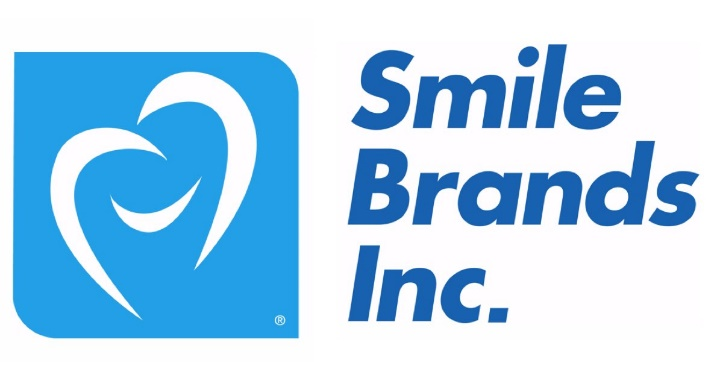
Figure 1: Logo of Smile Brands Inc.
(Source: smilebrands.com, 2020)
2.0 The Smile Brands organisational behaviour
According to Christine Cross and Ronan Carbery, every single employee is part of a larger entity of the multilevel dimension of OB. In order to project how quintessential is the influence of OB on an organisation, the authors formulated the circle of ascending importance where an employee resembling a particular individual affects the team of his workers which, in turn, impacts the departmental officers who eventually influences the operational mechanism of the organisation. Now the organisation with its objectives and functional duties contributes to the larger macro environment that comprises the society, industrial market, and economic sphere, local, regional, national, and global regulations along with national cultures (macmillanihe.com, 2016).
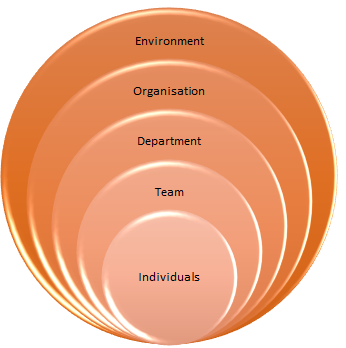
Figure 2: The multi-level nature of the field of OB
(Source: Created by the Learner)
The authors also opined that the OB seeks to perceive and modifies the effectiveness of Smile Brands organisational behaviour by evaluating its constituent factors such as employees, team-workers, and organisational culture and structure and their interactive dynamics. All these components are interdependent on each other which points to the fact that integrated co-ordination amongst all of them is essential to achieve the desired expectancies and successful outcomes.
Smile Brand Inc. is one of the reputed and leading brands of the dental support organisation of the US. The company Smile Brands organisational behaviour with its huge extensive network of team workers and dental offices offers exclusive dental services across the world and a complex yet sustaining interplay across the various stratums of stakeholders like the suppliers, employees, consumers, and community partners created a corporate culture that has garnered appraisal globally for its viable Smile Brands organisational behaviour & culture. As claimed by the slogan of the company ‘Smile for Everyone’, the prevailing culture of Smile Brands Inc. is that of interdependency that proposed by Cross and Carbery where the management strictly adheres to the corporate vision and values and the company ensures contribution into the global health sectors through teamwork and individual dedication and perseverance that together works for the betterment of the services offered by the Smile organisation. The organisational psychology is at work in the company which is evident from the job strategies provided by the company that drives the performativity of employees with flexible work-life balance and strong financial support through suitable payroll (smilebrands.com, 2019).
The social-psychological perceptions that bind the team-workers in a bond of mutual understanding and integrity heightening the working culture of the company are highly perceived in the ways each constituent group that the company chooses to serve or work with are provided inquisitive and convenient attention like the suppliers, employees, investors, affiliated dental providers, patients, and the associated communities. The Smile Brands organisational behaviour of the organisation depends on the contemporary sociology and anthropology of the concept of procuring equal share of benefits both for the employee and the employer which is tailored into the culture and value of the company as illustrated in the value proposition of Smile Brand to promote ‘WIN-WIN relationships’ for all the beneficiaries and benefactors (smilebrands.com, 2020). In addition to this, long-term business agreements are forged with the partners and governments to secure full-service administrative support that would enable the company to carry out its operational practices encompassing purchasing, facilities management, payroll, IT, accounting, billing, and marketing (businessinsider.com, 2019).
3.0 Evaluating how culture improves Smile Brands organisational behaviour effectiveness through communication
In the words of Mumby and Kuhn (2018) organisational communication forms an important paradigm of Smile Brands organisational behaviour and is fundamental to continue its modes of functioning apart from being central to the workplace relationship dynamics. These communications basis Smile Brands organisational behaviour include activities like motivating, decision-making, information transference, mentoring, and building interpersonal relationships. Through this communication, the employees socially construct professional relationships in their concerned workplace.
Owing to the advent of globalisation culturally diversified workplace has emerged presently which demands intensive communicative exchanges to uplift transactional procedures and encourage Smile Brands organisational behaviour effectiveness. Culture forms one of the preliminary elements of OB because most of the workplace are punctuated by employees hailing from a different cultural background with their distinctive norms, customs, values, behaviours, and attitudes underpinned by exclusive features of a particular cultural group. Therefore, disapproval of an employee’s cultural behaviour might incite grievances and intolerance against another’s cultural ethics which have the potential to disrupt the smooth flow of the operational mechanism due to the internal chaos and disputes (Sias, 2014). This implies that the company must ensure the personal well-being of the employees through effective interpersonal communications, besides achieving goals of Smile Brands organisational behaviour because this would drive mutual respect and holistic communicative exchanges. As the workplace of Smile Brand permeates with a multicultural workforce, therefore, the company through the theory of cultural contingencies takes into account the employees' cultural value while dealing with him as much as possible to decreases perceptual biases (glassdoor.com, 2020).
The rapidly evolving technology has also transformed the communication process with its new computational, improved logistics, and advanced algorithms demanded the building of new Smile Brands organisational behaviour and culture. Social communication enabled Smile Brand Inc. to engage in creative and innovative ways of interacting in this age of technological advances. A unique yet heart-warming way of indulging the employees in the corporate culture of the company is obtained through routine good morning texts as claimed by one of the employees that makes them feel a connected and important part of the organisation. Moreover, with the changing cultural connotations with women empowerment, the company has been at pace through the recruitment of an all-women leadership team in Smile Brand Inc.
Moreover, an instrumental communicative tool has been incorporated the company to facilitate superfluous care and services to the clients and partners through the implementation of the G3® service platform that stands for “Greeting, Guiding and Gratitude” a unique concept developed to induce healthy corporate culture and respectful cultural transaction across the external and internal environments. This platform focuses on reliable service offerings by the affiliated dental offices to the patients primarily and secondarily includes all the associated workforce to make people feel welcomed with a sincere smile or message, listening attentively to every client and employee to comprehend their viewpoints and needs, and express gratitude for abiding by the services of the company and for their patience, understanding, and cooperation (groupdentistrynow.com, 2018).
In addition to this, the Smile Brands organisational behaviour through its yearly revenue turnover funds social causes in an attempt to increase receptacle of the majorities’ needs through the Smiles for Everyone Foundation, to ensure dental care to the downtrodden people and low-income groups in the US and abroad. This initiative akin to the theory of corporate social responsibilities that urges companies to transcend beyond the monetary goals for the welfare of the communities enables Smile Brand Inc. to aggravate its brand’s impression before the world. Apart from this, the company ventures to incorporate in-house marketing and recruitment besides encouraging advancements of system technology to amplify the network web of communication in a bit to reach a greater audience base with dental services and also installation of automated services has been presently introduced. This is done to ensure the employees and affiliated partners with an experience that speaks in the language of the next possible level of advancements and progression (smilebrands.com, 2019).
Analysing the various perspectives of the company’s communication motives it seems that Smile Brand Inc. more or less resembles the Vertical Dyad Linkage Theory that entails the interactional and relational dimension of the supervisor-subordinate relationship highlighting the dyadic nature of the relationship which prioritises and conceptualises employee as the active agent of the company and central to the relational development and maintenance of the Smile Brands organisational behaviour (Mikuš, 2014). This is similar to the Smile Brand which attempts to keep the interest of all the employees in its foremost concern list through innovative initiatives.
4.0 Analysing the role of culture on employee motivation
The HRM is supposed to take care of the well-being of the employees transcending beyond the only motif of extracting profit-oriented goals from the skilled and trained workforce. Not only monetary incentives motivate the workers to strive for greater performative capabilities but also require some intangible form of motivation in the form of supportive guidance that builds the employees' confidence from within along with catering to the emotional needs of the employees and ensuring warm workforce relationships. According to the Hawthrone Studies conducted by George Elton Mayo who took up practical research in the functional operation of the employee engagement at the Hawthorne plant in Cicero, Illinois to assess the status and the factors to accentuate productivity, drew the inference from the data collected that the factors like proper length of rest, lunch periods, suitable payment plans, convenient duration of the working weeks have the potential to accelerate the productivity levels by carrying out informal social patterns of interaction with the workforce (Haque et al., 2014).
In the words of Lloyd and Mertens (2018), Mayo reverberated the idea that forging relationships beyond the ties of formal professional relations with the employees could assist the managerial departments in proper decision making with the reinforced working passion and motivation derived from the employees’ conceived contentment their services. Moreover, the social recognition and the fact that the authorities are interested in their well-being to induce in the employees a sense of belonging to the company that inevitably gets expressed in their renewed drive to work with dedication and integrity. As the workplace is a social system encompassing interdependent parts of human demands, desires, needs ways to fulfill the required needs, attentive concern and genuine care must be incorporated to ease off the germinations of the dissonance centering cognitive psychology of the working communities in the industries and corporate sectors.
The Hawthorne studies heralded the Human Relations Movement around 1930, which for the first time emphasised on creating informal support and involvement at workplace and voiced on the behalf of the working communities to focus on their social and emotional need. Contextualising in this thread of the present content this building up of interpersonal relations is achieved by Smile Brands Inc. through personal negotiation with the 5000 employees where the managers themselves deal with the issues and problems of the employees and help them to overcome their shortcomings. Moreover, the transparent relations of the employees with the supervising team add credits to the corporate reputation of the company owing to the high employee performance. Moreover, supportive leadership encourages the employees to bring the best out of them by adhering to the Supportive Model of Smile Brands organisational behaviour whereby Smile Brand through its leadership and corporate management provides a working climate to help employees grow in their capabilities and accomplish in the interests of the organisation (Khalili, 2016). Even the 'Theory Y' of employee motivation propounded by Douglas McGregor in the 1960s that delineated the employees are active shapers of their environment in which they work and, therefore, to stimulate their motivation the employees must be prioritised is overtly present and evident in the employee management of the Smile Brand Inc. (Lawter, et al., 2015).
The approach of Positive Organisational Behaviour (POB) propounded by Fred Luthans at the turn of the 21st century breathed fresh air into the existing theories and models of employee motivation by embarking on the identification of the strengths of the employees and then tapping at those positive psychological strengths of the workforce, the company can attract opportunities and work towards delimiting the eruptions of problems at the workplace. This emphasis and acknowledgment of the employee's strengths and psychological capabilities encourage and motivate them to attain their ‘best-selves’ of their working entity (Luthans and Youssef-Morgan, 2017). The approach of POB is highly regarded in the company to positively orient employee attitudes by imbuing ways to extract the abilities of the employees by identifying every large and small effort of the working members of the dental community of the company serving over 425 affiliated dental offices across 18 states. Moreover, this positive and optimist attitude helps the company to leverage it's operational functional and management with the help of enthusiasts and co-ordinated workforce owing to the mutual growth conditioned by mutual support, understanding, and acknowledgment of each other's responsibilities and liabilities.
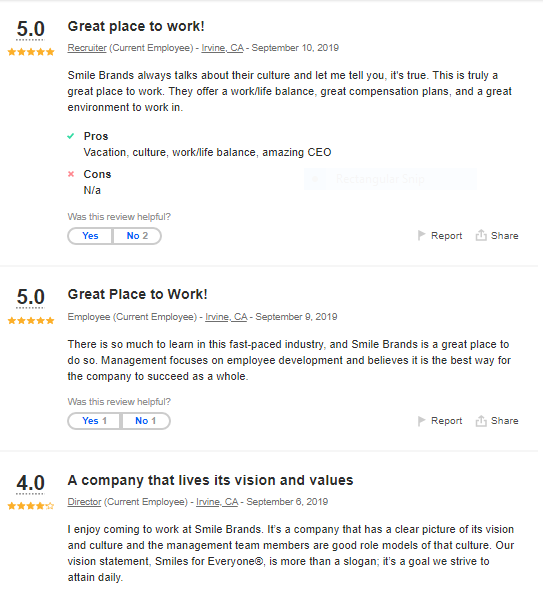
Figure 3: A snapshot of employee satisfaction at Smile Brand Inc.
(Source: indeed.com, 2020)
5.0 What are the strategies to enhance the success rate by using the Smile Brands organisational behaviour and culture?
The cultural diversity of the organisation which is at a good reputation already can be enhanced if the company can incorporate training of the employees in the cross-cultural literacy so that they could in future cater to a wide spectrum of co-workers and consumers and understand irrespective of the fact that they hail from different cultures. This would drive positivity enabling the company to outperform financially as cross-cultural literacy attracts a massive and potential pool of innovative ideas from variegated strands of ideas emerging from different thought processes and patterns. This intercultural exchanges would be proficient enough to include and induce the big nine cultural values that Glassdoor, a leading website attributes to the successful companies of the world namely innovation, diversity, agility, integrity, respect, collaboration, with the dynamics of multiculturalism and multilingualism through execution of high performance ultimately to secure consumer’s confidentiality (Montanez, 2019). Moreover, as OB is a social science rigorous research can be undertaken both from the micro and macro environmental context to evaluate the current pace of the functional status of the company and to get an insight into the loopholes so that proper measures can be taken to amend the shortcomings.
6.0 Conclusion
Behavioural scientists have always employed importance to the study of human behaviour in organizations for its intriguing quality and canvas. Therefore, it can be inferred that maintaining an adaptive and mutually sustaining OB is imperative for companies to gain employee loyalty which would eventually enable the company to gain a competitive edge. Hence, it is expected that the company with its existing strong Smile Brands organisational behaviour would incorporate the recommended strategic measures to enhance the corporate cultural grip in the world of dentistry and as the leading company in the global sphere.
Reference List
businessinsider.com (2019) Smile Brands Continues to Expand its Network of Affiliated Practices | Markets Insider, markets.businessinsider.com. Available at: https://markets./news/stocks/smile-brands-continues-to-expand-its-network-of-affiliated-practices-1028494181 (Accessed: 29 April 2020).
glassdoor.com (2020) Glassdoor.com. Smile Brands organisational behaviour Available at: https:///Reviews/Employee-Review-Smile-Brands-RVW16611350.htm (Accessed: 29 April 2020).
groupdentistrynow.com (2018). A Purposeful Internal Marketing Strategy and A Female Leadership Team Inspire A DSO's Culture | Group Dentistry Now Available at: https:/ /dso-group-blog/powerful-internal-marketing-and-a-female-leadership-team-inspired-by-a-common-sense-of-purpose-and-identity-make-a-dso-brand-come-alive/ (Accessed: 29 April 2020).
Haque, M.F., Haque, M.A. and Islam, M., 2014. Motivational Theories-A Critical Analysis. ASA university review, 8(1).
indeed.com (2020) Working at Smile Brands Inc. in Irvine, CA: 92 Reviews | Indeed.com, Indeed.com. Available at: https://cmp/Smile-Brands-Inc./reviews?fcountry=US&floc=Irvine%2C+CA (Accessed: 29 April 2020).
Khalili, A., 2016. Linking transformational leadership, creativity, innovation, and innovation-supportive climate. Management Decision.
Lawter, L., Kopelman, R.E. and Prottas, D.J., 2015. McGregor's theory X/Y and job performance: A multilevel, multi-source analysis. Journal of Managerial Issues, pp.84-101.
Lloyd, R.A. and Mertens, D., 2018. Expecting more out of Expectancy Theory: History urges inclusion of the social context. International Management Review, 14(1), pp.28-43.
Luthans, F. and Youssef-Morgan, C.M., 2017. Psychological capital: An evidence-based positive approach. Smile Brands organisational behaviour Annual Review of Organizational Psychology and Organizational Behavior, 4, pp.339-366.
macmillanihe.com (2016) Macmillanihe.com. Available at: https://resources/sample-chapters/9781137429445_sample.pdf (Accessed: 29 April 2020).
Mikuš, P., 2014. Innovations through vertical dyad linkage model. Quality Innovation Prosperity, 18(2), pp.130-146.
Montanez, R. (2019) The Best Companies For Corporate Culture In 2019, Forbes. Available at: https://www.forbes.com/sites/rachelmontanez/2019/12/10/the-best-companies-for-corporate-culture-in-2019/#3e5ca3c6dc32 (Accessed: 29 April 2020).
Mumby, D.K. and Kuhn, T.R., 2018. Organizational communication: A critical introduction. Sage Publications.
Sias, P.M., 2014. Workplace relationships. The SAGE handbook of organizational communication: Advances in theory, research, and methods, pp.375-400.
smilebrands.com (2019) Practice Transitions – Smile Brands Inc, Smilebrands.com. Available at: https:/ /partner-with-us/ (Accessed: 29 April 2020).
smilebrands.com (2019). Smile Brands Employees Among the Happiest in the United States – Smile Brands Inc Available at: https://www. /pressrelease/smile-brands-employees-among-the-happiest-in-the-united-states/ (Accessed: 29 April 2020).
smilebrands.com (2020) About – Smile Brands Inc, Smilebrands.com. Available at: https://about-us/ (Accessed: 29 April 2020).
smilebrands.com (2020). General Dentist jobs | General Dentist jobs at Smile Brands. Smile Brands organisational behaviour Available at: https://jobs./c/general-dentist-jobs (Accessed: 29 April 2020).
universityofcalicut.info (2015) Universityofcalicut.info. Available at: http:///SDE/I_MCom_Organizational_theory_and_behaviour_on16March2016.pdf (Accessed: 29 April 2020).
Appendix
Slide 1
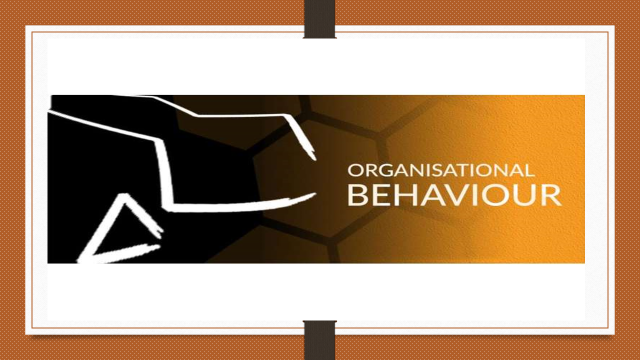
Slide 2
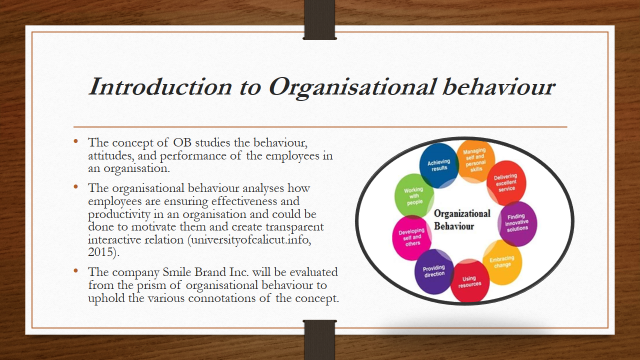
Slide 3
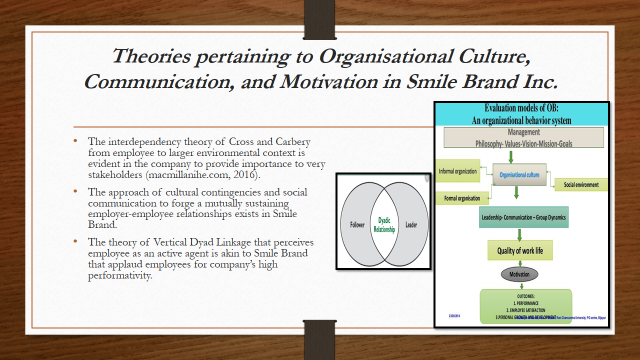
Slide 4
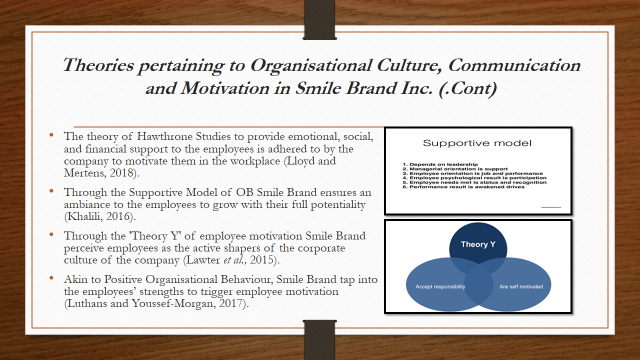
Slide 5
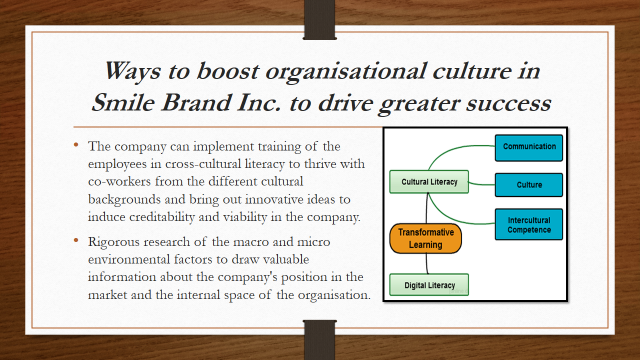
Slide 6
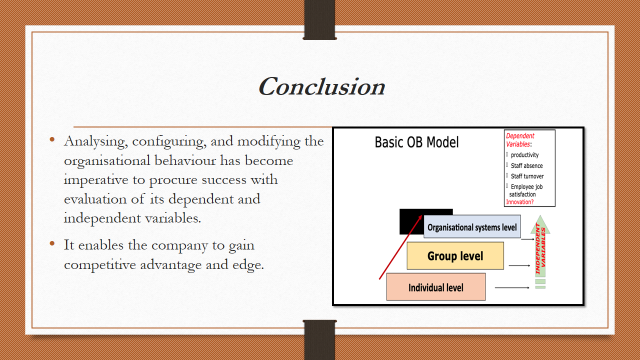
Slide 7
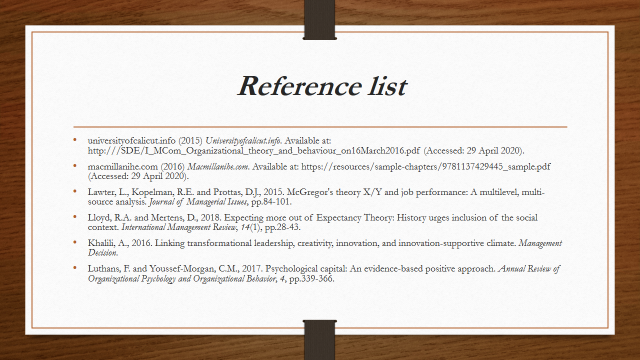
Slide 8
